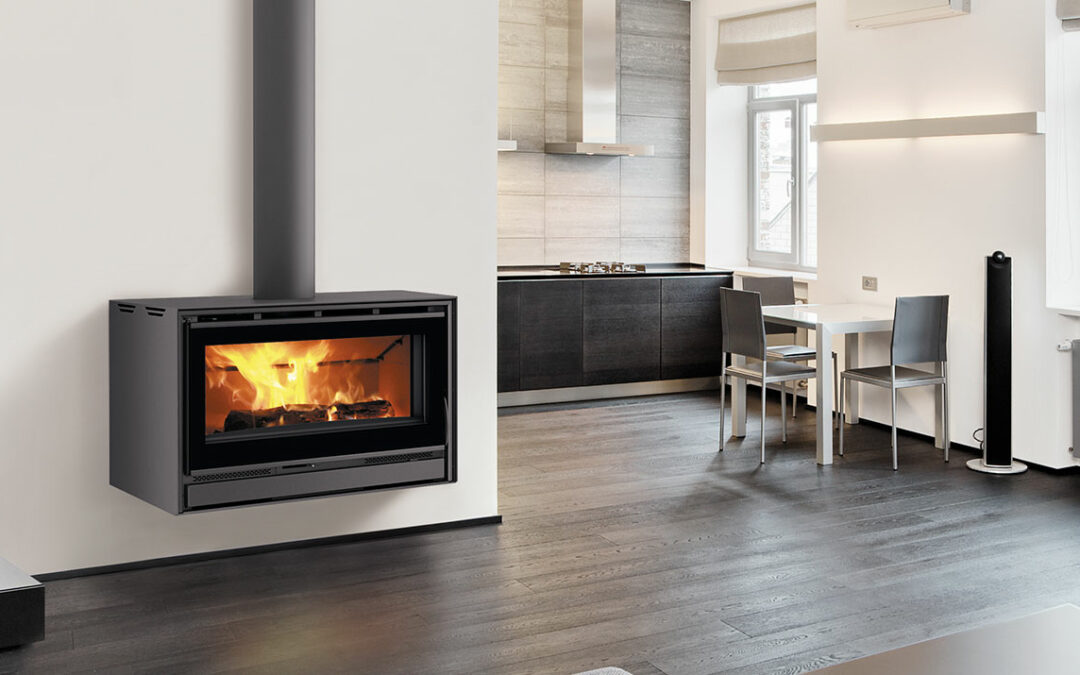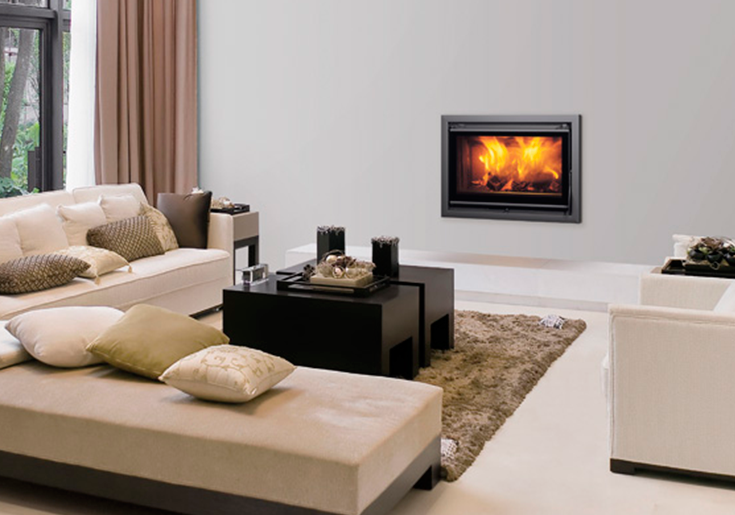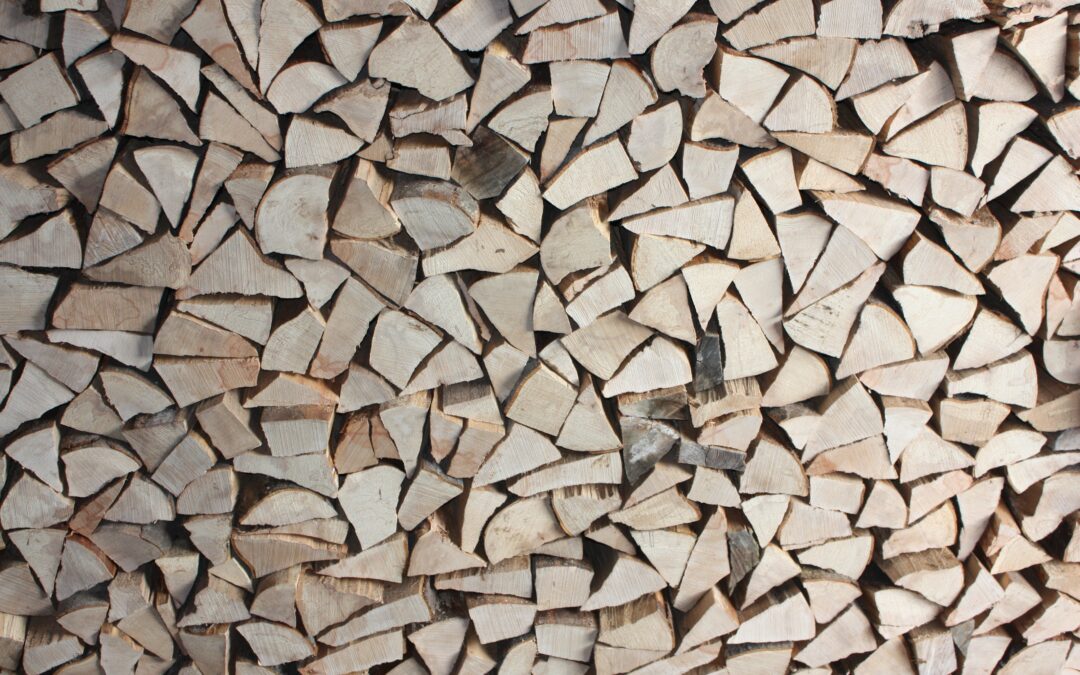
por Marketing | 20 Jul, 2016 | Recomendaciones
Si has decidido instalar una chimenea en tu hogar, te recomendamos no esperar y actuar antes de que el frío llegue. Esta época es la mejor para estudiar y valorar las diferentes posibilidades que ofrece el mercado en cuanto a chimeneas, y decidir la instalación de la misma. Con una planificación previa podrás elegir el mejor modelo que se adecua a tus necesidades, proceder a la instalación del mismo (que en la mayoría de los casos requiere de obrar) y disfrutar del mismo cuando llegue el primer día de frío. (más…)

por Marketing | 19 Jul, 2016 | Actualidad
Cuando nos planteamos el tipo de calefacción que queremos para nuestro hogar, las opciones que se nos presentan son diversas: sistemas de climatización, calefacción a gas o gasoil; eléctrica; o bien chimeneas o estufas, entre otros. El decantarnos por una u otra depende de muchos factores. (más…)

por Marketing | 6 Jul, 2016 | Actualidad, Actualidad, Actualidad
En Carbel sabemos que las estufas de leña son uno de los sistemas preferidos para calentar tu vivienda, sin embargo también son estas las que presentan una mejor eficiencia energética. De esta manera, con el mantenimiento adecuado y unas revisiones periódicas podemos conseguir una eficiencia energética óptima. Una eficiencia que es el resultado de la combinación de nuestro producto, la leña adecuada y el correcto mantenimiento de la estufa. (más…)

por Marketing | 30 Jun, 2016 | Sin categoría
Es cierto que las chimeneas de leña abiertas tienen un uso muy extendido, no obstante, en Carbel sabemos que no son la mejor opción ya que presentan un bajo rendimiento calórico, producen humo y olores y dejan escapar una gran cantidad de calor por el conducto de humo. (más…)

por Marketing | 14 Jun, 2016 | Tendencias estufas y chimeneas
En Carbel sabemos que un «hogar» (chimenea o cassette encastrable) es un elemento protagonista en nuestro salón, sala de estar, o biblioteca.
Si además de tener un sitio cálido buscamos una sensación acogedora, las chimeneas son los elementos perfectos. Pese a que su uso generalizado se encuentre limitado a climas fríos y estaciones invernales, las chimeneas son un elemento decorativo que aporta un toque de elegancia y distinción. (más…)




